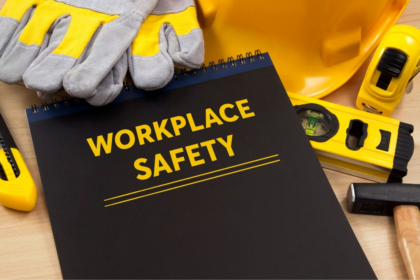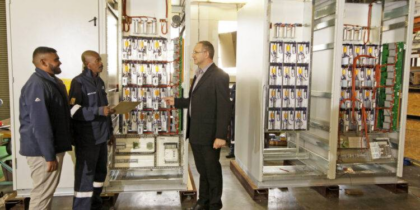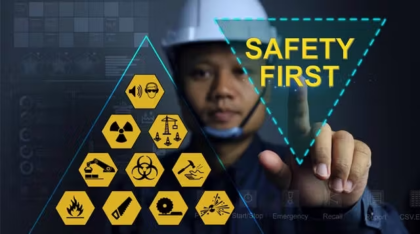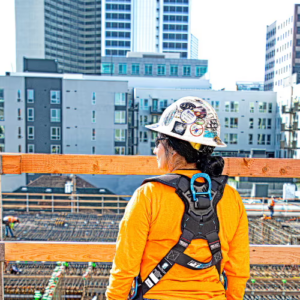Advancements in Personal Protective Equipment (PPE) Technology: Enhancing Worker Safety. In recent years, advancements in Personal Protective Equipment (PPE) technology have revolutionized worker safety across various industries. As the demands for improved safety measures and the protection of workers continue to rise, the development of innovative PPE has become a focal point for companies, researchers, and regulatory bodies worldwide. This article investigates the latest innovations in PPE technology, their effectiveness in diverse industrial settings, and the promising future of PPE in enhancing worker safety.
Cutting-Edge Innovations in PPE
One of the most significant advancements in PPE technology is the integration of smart features into traditional protective gear. Wearable technology, equipped with sensors and connectivity, is transforming how PPE functions. Smart helmets, for example, now come with integrated sensors that monitor environmental conditions such as temperature, humidity, and toxic gas levels. These helmets can alert workers and supervisors in real-time to potential hazards, significantly reducing the risk of accidents. Advancements in Personal Protective Equipment (PPE) Technology: Enhancing Worker Safety
Similarly, smart gloves embedded with sensors can detect harmful chemicals and substances, providing immediate feedback to the wearer. These gloves not only protect against chemical exposure but also monitor hand movements and force exerted, ensuring that ergonomic practices are followed to prevent repetitive strain injuries.
Another notable innovation is the use of advanced materials in PPE manufacturing. Nanotechnology has enabled the creation of lightweight, highly durable, and flexible materials that offer superior protection. For instance, nanomaterials used in protective clothing can provide enhanced resistance to cuts, abrasions, and punctures while maintaining breathability and comfort. This advancement is particularly beneficial in industries such as construction, manufacturing, and healthcare, where workers require both high mobility and robust protection.
Effectiveness in Various Industries
The effectiveness of these new PPE technologies varies across different industries, but the overall impact on worker safety is profound. In the construction industry, smart helmets and vests equipped with GPS and motion sensors are helping to prevent falls and accidents by providing real-time location tracking and movement analysis. These features are especially crucial in large construction sites where the risk of falls from heights and collisions with machinery is high.
In the healthcare sector, PPE advancements have played a vital role in protecting frontline workers during the COVID-19 pandemic. Innovations such as self-disinfecting face masks and gowns, which use antimicrobial coatings, have significantly reduced the risk of infection transmission. Additionally, powered air-purifying respirators (PAPRs) with advanced filtration systems have provided enhanced respiratory protection for healthcare professionals, ensuring their safety while treating patients.
The manufacturing industry has also benefited from these technological advancements. Exoskeletons, wearable devices that support and augment human movements, are increasingly being used to prevent musculoskeletal injuries. These devices reduce the physical strain on workers by providing additional support during heavy lifting and repetitive tasks, thereby decreasing the incidence of workplace injuries.
The Future of PPE
The future of PPE is poised to see even more sophisticated innovations, driven by advancements in artificial intelligence (AI) and the Internet of Things (IoT). AI-powered PPE will be capable of predictive analytics, identifying potential hazards before they occur and providing proactive safety measures. For example, AI algorithms can analyze data from wearable sensors to predict fatigue levels in workers and recommend breaks or adjustments in workload to prevent accidents.
Moreover, the development of customizable PPE, tailored to individual worker needs, will enhance both safety and comfort. 3D printing technology is enabling the production of bespoke PPE, ensuring a perfect fit and optimal protection for each worker. This customization will address the limitations of one-size-fits-all solutions, improving compliance and effectiveness.
As PPE technology continues to evolve, collaboration between industries, researchers, and regulatory bodies will be essential. Establishing standards for smart PPE and ensuring interoperability between different devices will maximize the benefits of these advancements. Additionally, ongoing training and education for workers on the proper use and maintenance of new PPE technologies will be crucial in realizing their full potential.
Conclusion
Advancements in Personal Protective Equipment (PPE) technology are significantly enhancing worker safety across various industries. From smart helmets and gloves to advanced materials and AI-powered devices, these innovations are transforming traditional protective gear into intelligent, responsive systems. As we look to the future, the continued development and adoption of cutting-edge PPE will play a critical role in safeguarding workers and creating safer work environments. The integration of new technologies and the commitment to continuous improvement in PPE design and implementation are paving the way for a safer and more secure workplace for all.














